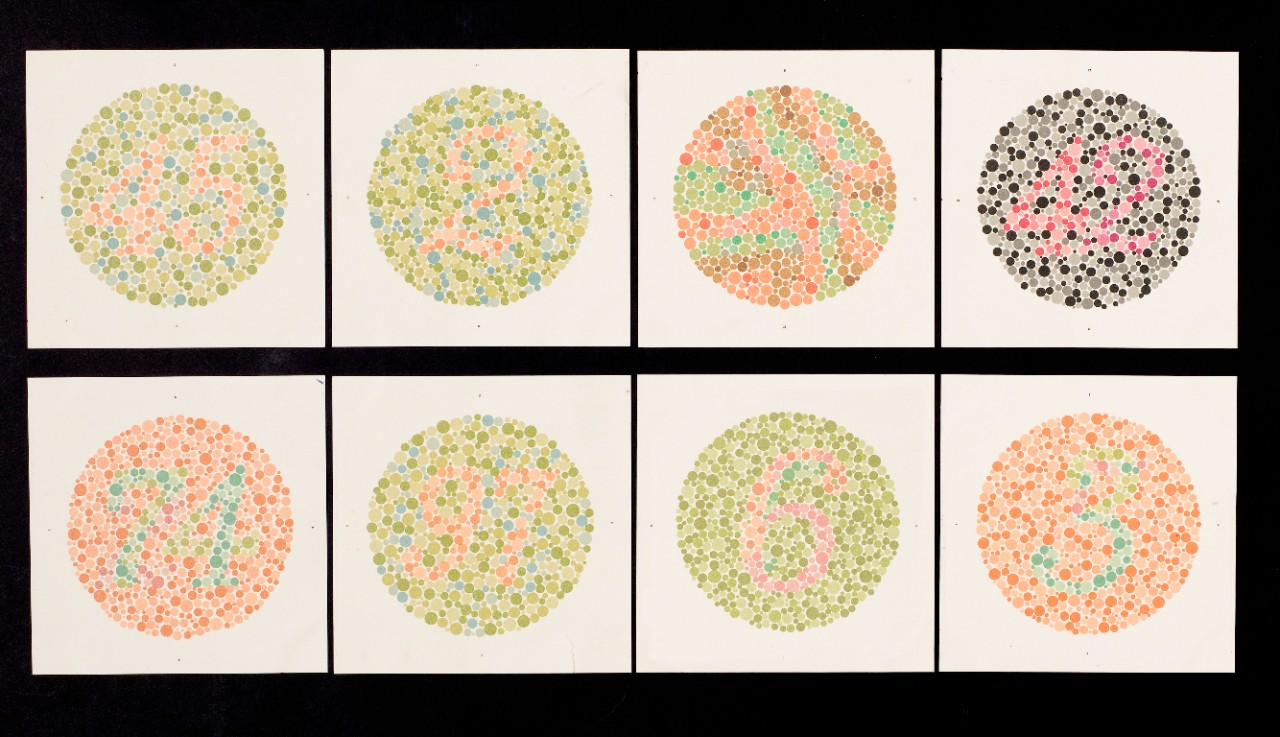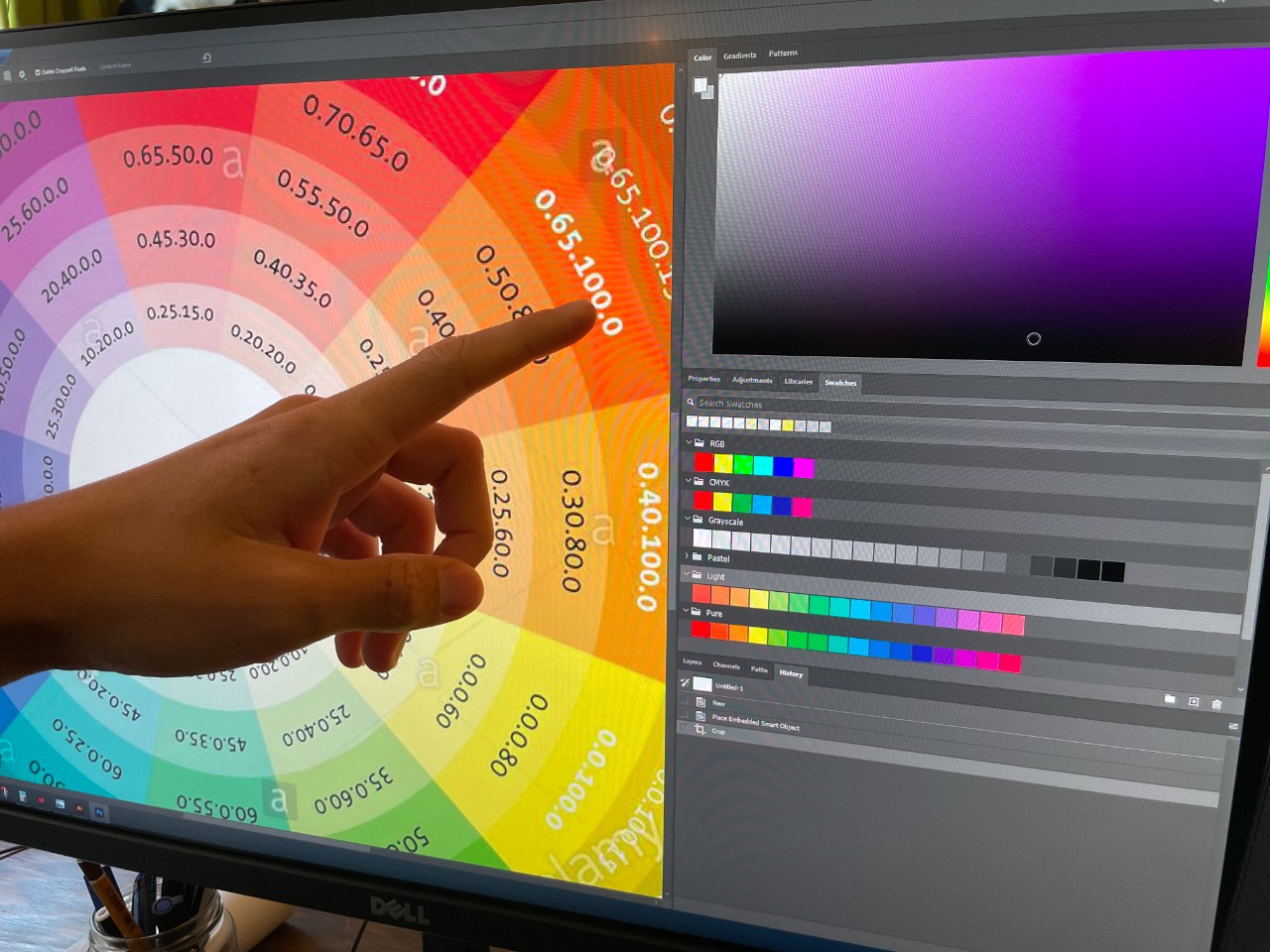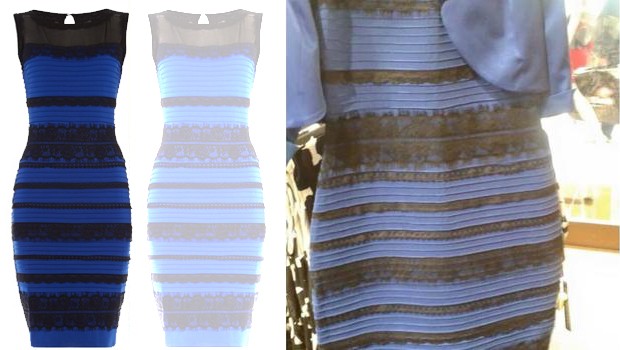Do you, like me, take seeing colour for granted? Most of us don’t give it much thought until something jars our attention; the brilliant hues in the changing leaves of autumn, a clashing fashion choice, or the sunset swirling across a darkening sky. A surprising number of people can’t see colour as an average person can. What does this mean— and how can we help our friends affected by colour blindness?
Colour blindness: the science bit
Colour blindness is when the eyes process visual information differently. Someone who is colour blind can’t distinguish certain colours. A more accurate term is ‘colour deficiency’; since true colour blindness is the inability to see any colours at all (except black, white, and grey). An estimated 1 in 12 men experience colour blindness — the deficiency is largely gender specific — only around 1 in 200 women are affected. Many people don’t even realise they are colour blind, and given the statistics, it’s highly likely at least one of your friends has a colour deficiency… who knows, even you might be!
When we look at something, our eyes take in light through the lens — which then projects onto the retina. The retina then reacts to the various wavelengths of light through special nerve cells called cones and rods. Rods are sensitive to light while cones absorb colour. Much like the frequency of sound when hearing low and high pitches from keys on a piano, light is composed of different colour wavelengths, as seen in a rainbow. Colour blindness occurs through a genetic fault in the cones (though there are rare exceptions of those who develop colour deficiency later in life).
Depending on which cone is altered, the result is one of three types of colour blindness: Deuteran (green), Protan (red), or Tritan (blue).

A peek through colour blind eyes
Once I discovered how common it is, I began to wonder what colour blind people experience on a daily basis.
I spoke with Nawid, an architect with red-green colour blindness. His brother is also colour blind (with a milder form.) Like many people, the first signs of his colour blindness became apparent in primary school. During art class, he was asked to make a colour wheel combining different colours. When he showed his teacher what he thought was a finished assignment, he was met with angry disapproval. She didn’t understand why he had just made a brown mess!
Kids with colour blindness run into other problems at school, too. Reading a white or digital board can be a challenge. Even classroom lighting can affect colour vision. If you feel your child may be colour blind, it’s best to take them to an optician for a test. Be sure to ask specifically that they be tested for colour blindness.
Nawid runs into situations where his colour blindness creates difficulties on a weekly basis; mostly at work. As an architect, he needs to judge materials in colour coded lines. Renderings for clients need to be evaluated. He makes his way around colour deficiency by asking colleagues for help. Another colleague on his team is also colour blind. The team adapts by giving colour tasks to colleagues with normal colour vision while he and his other colour blind colleague can work on areas more inclined to pattern and texture (colour blindness has the benefit of making someone more sensitive to pattern and texture).
“I don’t see it as a big deal; I don’t notice it so much on a daily basis. What I do think is lacking is awareness. Awareness of how many are affected and that there are different types of colour blindness. We don’t all see colour in the same way,” he says. Awareness could make work easier for those with colour blindness. It could lead to something like developing colour blind correcting software for Nawid’s work.

And architecture isn’t the only field where being colour blind can be a challenge. There are some jobs the colour blind can’t do at all due to safety hazards, or because it relies on the ability to distinguish colour. Electricians need to be able to distinguish between coloured wires which are often red, green, and yellow. Pilots need to be able to identify coloured signals. Lights on medical equipment can be a challenge to distinguish. Any job that relies colour knowledge can pose difficulties: police officer, fire fighter, chef, florist, military, interior designer, artist, public driver, graphic designer, engineer, painter, etc.
Choosing clothes for the day can become a chore. I sometimes have a hard time deciding what to wear without the added difficulty of trying to figure out the exact colour of my shirt! Many colour blind people create a system for matching clothes. Or they buy clothes (with a little help from a friend) that all match each other. Neutrals are a safe bet.
And what about food? Yes, even food can be a challenge. Think about rotting fruit and undercooked meat. A person who is colour blind will use other senses such as smell and touch to determine if fruit is ripe, and a thermometer is actually a better indicator than colour to determine when meat is done.

Scientific developments towards finding a cure
What do monkeys and petri dishes have to do with colour blindness? Apparently they’re pretty promising when it comes to developing a cure. In 2009 researchers cured monkeys of red-green colour blindness through gene therapy. This accomplishment became a springboard for further research for a human cure.
Scientists from Johns Hopkins University grew hundreds of human retinas in a lab and discovered that hormones also play an important part in seeing colour. Up until this discovery in 2008, colour vision was practically impossible to study — as it happens inside the womb. In May of 2020, the first human trial testing for gene therapy was completed on adults with achromatopsia (complete colour blindness). As of yet, there is no cure for colour blindness, but advances like these give hope that science may be on the cusp of a breakthrough.
Some companies claim to have glasses that correct colour vision. One brand appeared to be particularly promising and had some dramatic video reviews. Unfortunately, it seems it was just aggressive marketing. A university study found the glasses were not able to improve everyday colour vision experience for either of the two types of colour blindness tests: recognition and arrangement.
Apps for the colour blind are available for both Android and iPhone users. They’re designed to help identify colours that can’t be seen, distinguish between colours, and even tell you if your meat is cooked/fruit is overripe. Although helpful to a certain degree, especially for colour recognition (just point your mobile at an object and the name of the colour appears), the overall reviews are lacklustre. Colour blind correctors and filters available on many mobile phones are more useful.
A step towards understanding
When I was a kid, I had some random daydreams about how we experience colour. I remember staring at a blade of grass, thinking, “It’s green. I know it’s green. But what is green really? I’ve been taught it’s green, but what if the person who taught me that what I see as green — if I could look through their eyes- would actually be what I call blue? And what if whoever taught them that their green (which is my blue) actually saw what is someone else’s pink?!”
It turns out, I’m not entirely off. None of us see colour in exactly the same way — we all process it slightly differently. Remember ‘the dress’ that became an internet sensation in 2015? You know the one. It practically caused the breakdown of friendships. The way our brains process light (by means of memory from prior exposure) can vary person to person. So our perception of an object’s colour can be entirely different from someone else’s. It’s something scientists still don’t fully understand!

Taking this into account, we can slightly — ever so slightly — begin to imagine what someone with colour blindness experiences. Nawid shared with me that he feels embarrassed to call his vision deficiency a problem. It’s not as serious nor does it have the impact that full colour blindness or vision impairment does. Yet he does regularly run into circumstances where his vision affects his ability to perform tasks as easily as someone with normal colour vision. His work is impacted, adjustments need to be made. Is that really a problem? Not according to him or his colleagues — who find ways to make his work inclusive. But for the world to become aware, people with colour blindness need to share their experience.
In an age where we’re becoming increasingly aware of how every one of us has a difference or anomaly, I say speak up and let it be known! No shame in the game. The more we’re privy to what one another experiences, the more we can learn from each other. This will help daily life become a bit easier and a bit more, dare I say it…colourful?
Think you may be colour blind? Take an online colour arrangement test. This is just for fun! An optician is the only one who can determine this for sure.




